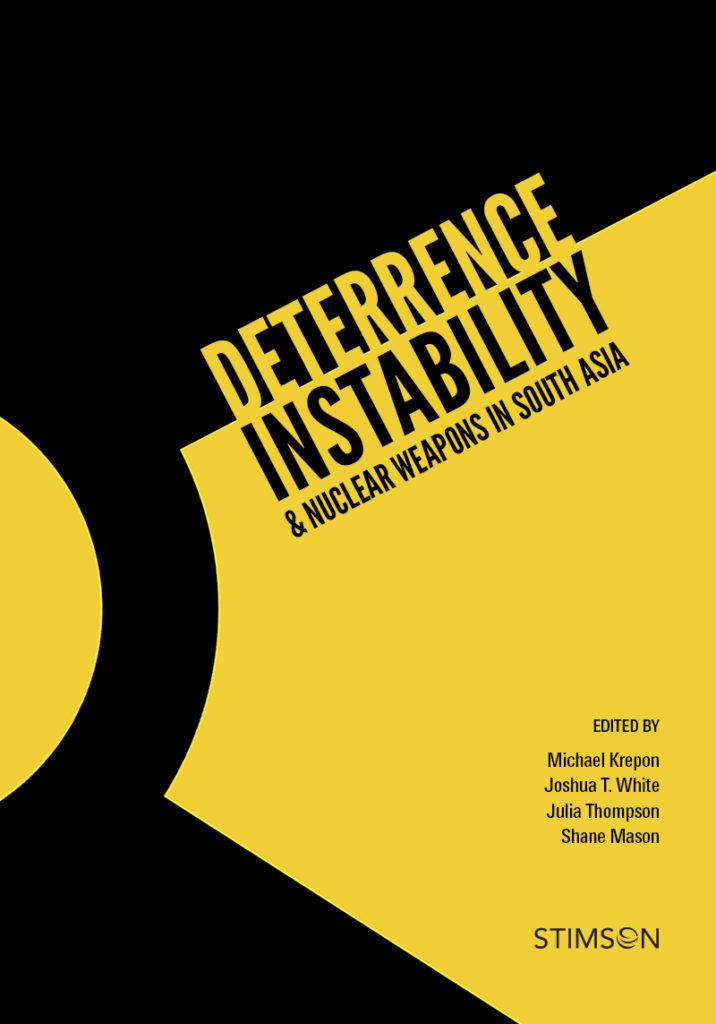Deterrence between India and Pakistan is becoming less stable with the passage of time and an increase in nuclear weapon capabilities. India and Pakistan have not addressed basic issues in dispute, nor have they agreed to set them aside. Direct trade and other means of connectivity remain purposefully circumscribed, and spoilers who oppose Pakistan’s rapprochement with India are poorly constrained. In 2015, India and Pakistan are no closer to resolving their differences than they were seven years ago, after members of Lashkar-e-Taiba carried out attacks against Mumbai landmarks, including the central train station, two luxury hotels, and a Jewish center.
The essays in this volume highlight how doctrinal, strategic, and technological developments contribute to growing deterrence instability in South Asia. Key elements of Indian and Pakistani strategic culture intersect at times in negative, reinforcing ways. Pakistan and India continue to diversify their nuclear weapon capabilities in ways that undermine stability. Two kinds of delivery vehicles – short-range systems that must operate close to the forward edge of battle, and sea-based systems – are especially problematic because of command and control and nuclear safety and security issues. Taken together, these chapters point to serious challenges associated with increased nuclear dangers unless leaders in India and Pakistan work to resolve their grievances, or consider measures to mitigate their costly and risky strategic competition. If not, deterrence instability on the subcontinent will grow in the decade ahead.

